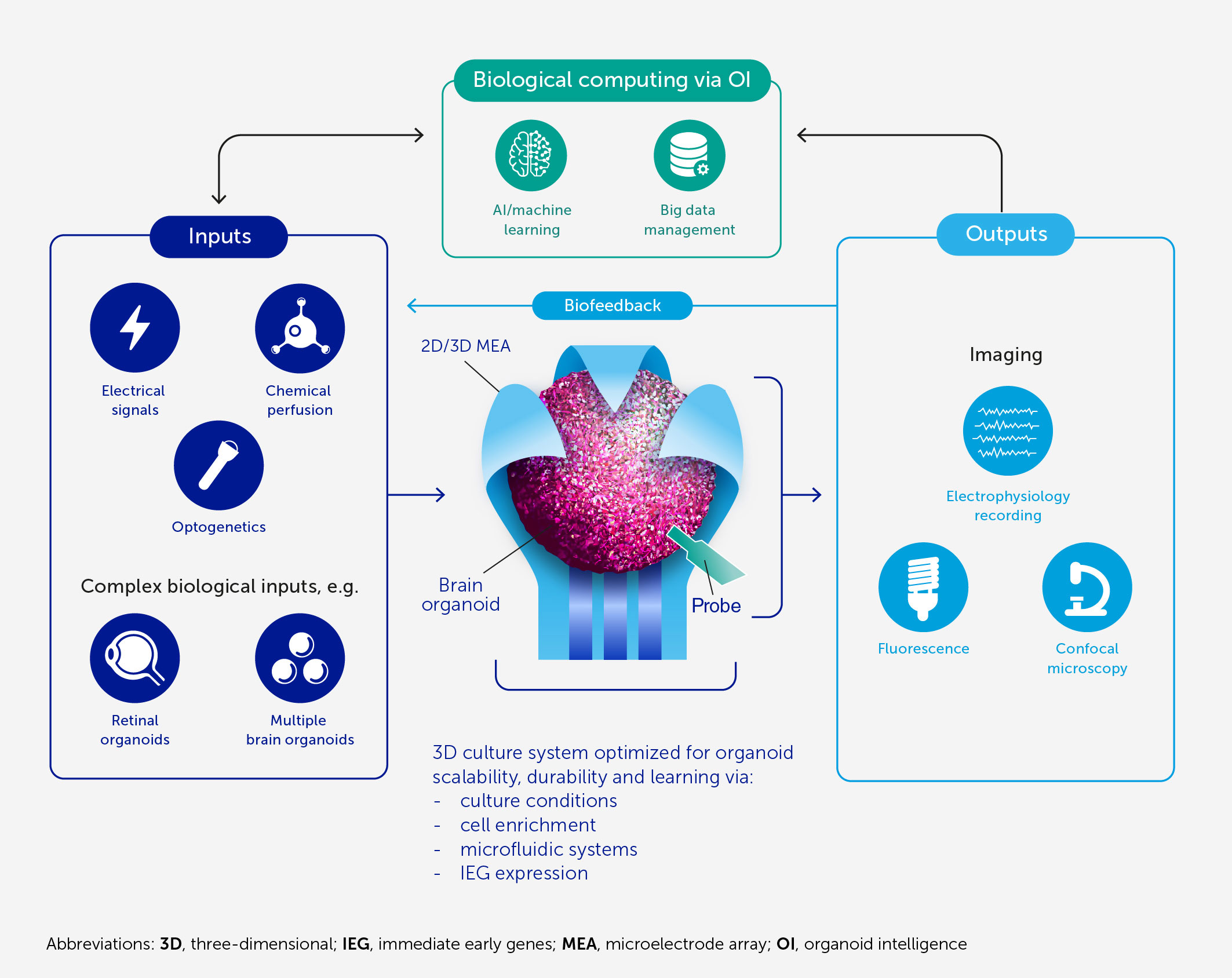The great seahorse could be migrating laboriously toward Odisha due to extensive fishing off the Coromandel Coast.
In 2001 all the seahorse species found in India was kept in Schedule I of WLPA, 1972 and from then on fishing and trading activities on seahorses were banned in India.
References
Scientists at Johns Hopkins University (JHU) recently outlined a plan for ‘organoid intelligence’ (OI), which aims to create ‘bio-computers’.

References
SWAMIH investment fund has raised Rs 15,530 crore so far with an aim to provide priority debt financing for distressed projects.
References
The Securities and Exchange Board of India (SEBI) recently barred 31 entities, including actor Arshad Warsi, his wife from the securities market in a case related to ‘Pump and Dump’ Scheme.
|
‘Pump and dump’ is a 3-step process.
|
References
After 89 years, Jerdon’s narrow-mouthed frog was rediscovered in Western Ghats.
References